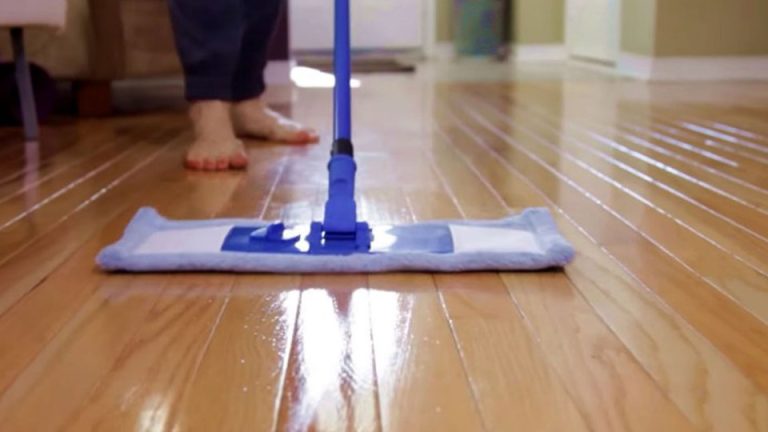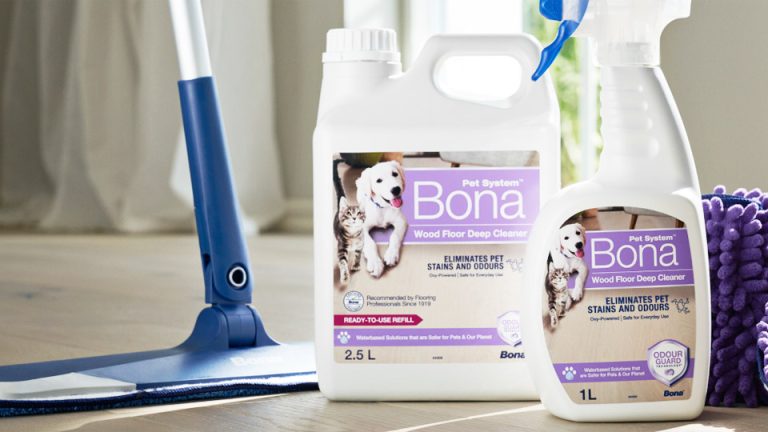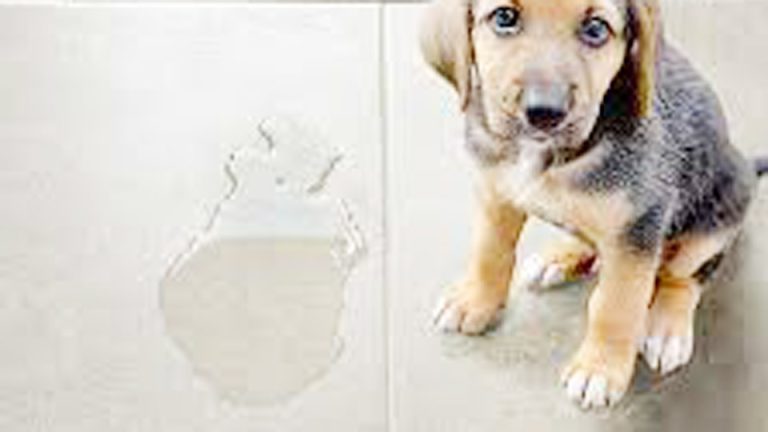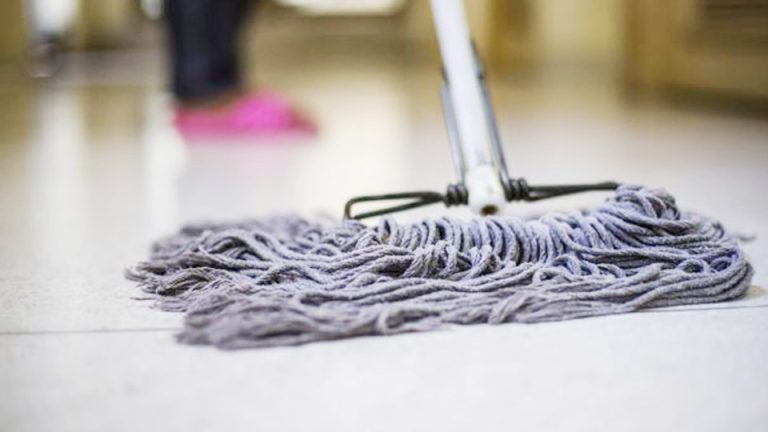I adore my furry friends, but let’s be real—accidents happen. One day, I walked into my living room and noticed a telltale wet spot on my beautiful marble floor, courtesy of my playful pup, Max. My heart sank. Marble is stunning but notoriously finicky, and I knew I had to act fast to avoid stains or damage.
If you’re wondering how to remove dog urine from marble floor, don’t worry—I’ve got you covered. As someone who’s tackled this exact problem and spent years cleaning homes, I’m here to share my tried-and-true methods, step-by-step instructions, and personal tips to save your marble floors.
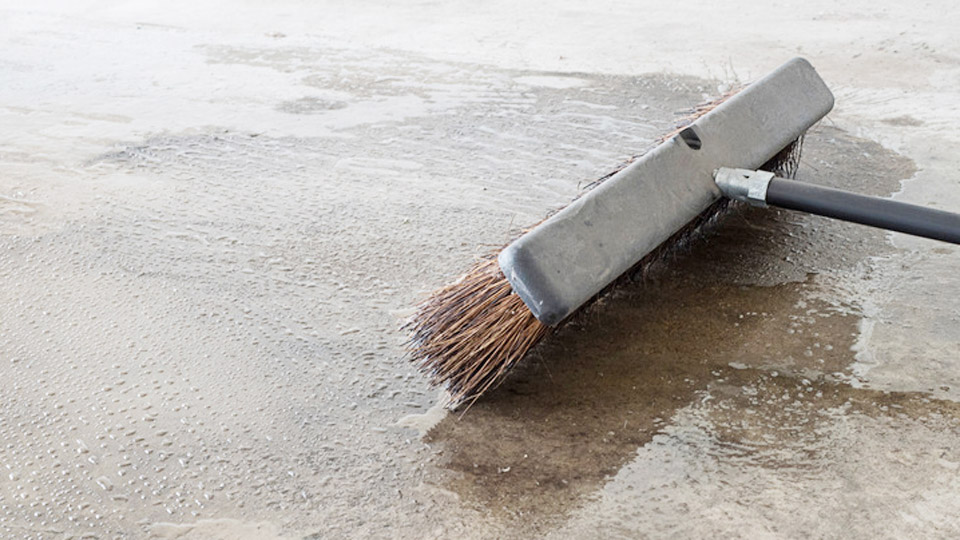
Image by housedigest
Why Dog Urine and Marble Don’t Mix
Marble is a natural stone, elegant and luxurious, but it’s also porous and sensitive to acids. Dog urine is acidic, and if left untreated, it can etch the marble, leaving dull spots or permanent stains. The first time Max had an accident on my marble floor, I didn’t realize how quickly the urine could seep in.
By the time I got to it, there was a faint discoloration that took extra effort to fix. Lesson learned: speed is key when dealing with pet messes on marble.
Beyond aesthetics, dog urine can leave lingering odors that are tough to eliminate, especially in porous surfaces like marble. The smell can attract your pet back to the same spot, turning a one-time accident into a repeat offense.
But don’t panic—with the right approach, you can remove the urine, neutralize odors, and protect your floor’s shine. Let’s dive into how I do it.
Act Fast: The Importance of Immediate Action
When it comes to dog urine on marble, time is your enemy. The longer the urine sits, the deeper it seeps into the stone, making stains and odors harder to remove. I learned this the hard way when I left a puddle for a few hours while running errands. By the time I got back, the marble had a faint etch mark that took serious elbow grease to fix.
As soon as you spot the mess, grab some paper towels or a clean cloth and blot—don’t wipe—the urine. Wiping spreads it around, pushing it into the marble’s pores. Blot gently to soak up as much liquid as possible.
I keep a stack of old rags under my sink just for these moments. Once you’ve blotted up the bulk of the urine, you’re ready to clean and restore your floor.
Step-by-Step Guide to Removing Dog Urine from Marble
Here’s my go-to method for cleaning dog urine from marble floors. I’ve used this process countless times, and it’s saved my floors (and my sanity). Follow these steps carefully to avoid damaging your marble while getting rid of stains and odors.
Step 1: Blot the Urine
Grab paper towels, a clean cloth, or an absorbent towel. Gently press down on the urine puddle to soak up as much liquid as possible. Work from the outside in to avoid spreading the mess. I usually go through several paper towels to ensure I’ve absorbed every drop. If the urine has dried, dampen the area with a little water to loosen it, then blot.
Step 2: Clean with a Gentle Solution
Marble is delicate, so harsh cleaners like vinegar or bleach are a no-go—they can etch the surface. Instead, I use a pH-neutral cleaner specifically designed for natural stone. You can find these at hardware stores or online, or mix a solution of warm water with a drop or two of mild dish soap (make sure it’s free of acidic ingredients like lemon).
Dip a soft cloth or sponge into the solution, wring it out so it’s damp, not soaking, and gently wipe the affected area. I work in small, circular motions to lift any remaining urine residue. Rinse the cloth frequently to avoid spreading the mess. For dried stains, let the solution sit for a minute before wiping.
Step 3: Rinse Thoroughly
Rinse the area with clean, distilled water to remove any soap or cleaner residue. I use a spray bottle to mist the area lightly, then blot with a clean, dry cloth. Avoid using tap water if you have hard water, as it can leave mineral deposits. I learned this after noticing faint white spots on my marble—distilled water is a game-changer.
Step 4: Neutralize Odors
Dog urine odors can linger in marble’s pores, tempting your pup to mark the spot again. I use an enzymatic cleaner designed for pet messes—it’s a lifesaver. These cleaners contain enzymes that break down the proteins in urine, eliminating odors at the source. Spray the enzymatic cleaner on the area, let it sit for 10-15 minutes (check the label for exact times), and blot dry with a clean cloth.
Once, Max kept returning to the same spot on my marble floor because I hadn’t fully neutralized the odor. After using an enzymatic cleaner, he lost interest, and the problem stopped. Just make sure the cleaner is safe for marble—test it on a small, hidden area first.
Step 5: Dry and Inspect
Dry the area thoroughly with a soft, dry microfiber cloth to prevent water spots. Marble is prone to spotting, so don’t skip this step. Once dry, inspect the area for any remaining stains or dullness. If you see etching (a dull, matte spot), you may need to polish the marble, which I’ll cover next.
Step 6: Polish for Perfection
If the urine left an etch mark or dulled the marble’s shine, a gentle polishing can restore it. I use a marble polishing powder (available at home improvement stores) and a soft cloth. Sprinkle a small amount of powder on the area, dampen the cloth, and buff gently in circular motions. It’s like giving your floor a mini spa treatment! Rinse with distilled water and dry thoroughly.
For stubborn etches, I’ve had to call in a professional stone restorer, but this is rare if you act quickly. If your marble is sealed, polishing is usually enough to bring back the shine.
Tools and Products I Swear By
Having the right tools makes all the difference. Here’s what I keep on hand for cleaning dog urine from marble floors:
| Tool/Product | Purpose |
|---|---|
| Paper towels or cloths | Blotting up fresh urine quickly. |
| pH-neutral stone cleaner | Safely cleans marble without etching. |
| Distilled water | Rinsing without leaving mineral deposits. |
| Enzymatic pet cleaner | Neutralizes urine odors and prevents re-marking. |
| Microfiber cloths | Gentle wiping and drying for a streak-free finish. |
| Marble polishing powder | Restores shine and removes light etch marks. |
| Spray bottle | Applying water or cleaner evenly. |
Pro tip: Keep these items in a cleaning caddy under your sink for quick access. I learned to be prepared after Max’s second accident caught me off guard with no supplies handy!
Why Marble Requires Extra Care
Marble’s beauty comes with a catch—it’s a soft, porous stone that’s easily damaged by acidic substances like urine, vinegar, or citrus-based cleaners. I made the mistake early on of using vinegar to clean a urine spot, thinking it would neutralize the odor.
It left a dull patch that took ages to fix. Now, I stick to pH-neutral or stone-safe products to keep my floors pristine.
Sealing your marble floor can add a layer of protection, but it’s not foolproof. A good sealant reduces porosity, making it harder for urine to penetrate, but you still need to act fast. I reseal my marble floors every 6-12 months, depending on wear, and it’s made a huge difference in preventing stains.
Preventing Future Accidents
Cleaning up is one thing, but preventing accidents is even better. After Max’s first few mishaps, I realized I needed to be proactive. Here are my top tips for keeping your marble floors urine-free:
Train Your Dog: Consistent training is key. I worked with Max on a regular potty schedule, using positive reinforcement like treats when he went outside. If your dog is young or new, crate training can help prevent accidents.
Use Pet Gates: If your dog has access to marble-floored areas, consider pet gates to limit their range when unsupervised. I used a gate to keep Max out of the living room until he was fully house-trained.
Clean Accidents Thoroughly: Lingering odors can draw your dog back to the same spot. Always use an enzymatic cleaner to eliminate urine smells completely.
Protect with Mats: Place washable mats or rugs in high-traffic areas where accidents are likely. I have a washable runner near the back door where Max tends to linger.
Seal Your Marble: A quality marble sealant reduces the stone’s porosity, making it easier to clean spills. I apply sealant annually, and it’s saved my floors countless times.
Common Mistakes to Avoid
I’ve made plenty of cleaning mistakes over the years, and I want to help you avoid them. Here’s what not to do when cleaning dog urine from marble:
Don’t Use Acidic Cleaners: Vinegar, lemon, or bleach can etch marble, leaving permanent dull spots. Stick to pH-neutral or stone-safe cleaners.
Don’t Scrub Too Hard: Aggressive scrubbing with a rough sponge can scratch marble. Use soft cloths or sponges instead.
Don’t Let Urine Sit: The longer urine stays on marble, the worse the damage. Blot it up as soon as you spot it.
Don’t Skip Drying: Marble is prone to water spots, so always dry thoroughly with a microfiber cloth.
Don’t Ignore Odors: If you don’t neutralize the smell with an enzymatic cleaner, your dog may return to the spot.
When to Call a Professional
Most urine stains can be handled at home if you act quickly, but sometimes you need expert help. If the urine has caused deep etching or persistent discoloration, a professional stone restorer can polish or refinish the marble.
I had to call one when Max’s accident went unnoticed for a day, and the stain was too deep for my polishing powder. It was worth the cost to restore my floor’s shine.
If you’re unsure about your marble’s condition or the extent of the damage, a pro can assess it and recommend the best course of action. Look for someone experienced with natural stone to avoid further damage.
My Favorite Cleaning Hacks for Marble Floors
Over the years, I’ve picked up some tricks that make cleaning marble floors easier, especially for pet messes. Here are my favorites:
Keep a Spray Bottle Ready: I fill a spray bottle with distilled water and a drop of dish soap for quick cleanups. It’s perfect for small accidents and keeps my marble safe.
Use Baking Soda for Light Stains: For minor stains, make a paste with baking soda and water, apply it to the spot, and let it sit for 10 minutes before wiping. It’s gentle and effective.
Microfiber Is Your Friend: Microfiber cloths are soft, absorbent, and leave no streaks. I use them for blotting, wiping, and drying.
Spot-Clean Daily: A quick wipe with a damp cloth in high-traffic areas prevents dirt and pet hair from building up.
Test Products First: Always test cleaners or polishes on a hidden corner of your marble to ensure they won’t cause damage.
Preventative Tips to Protect Your Marble Floors
Keeping your marble floors pristine goes beyond cleaning accidents. Here’s how I keep mine looking great:
Seal Regularly: Apply a marble sealant every 6-12 months to reduce porosity and protect against spills. Test your sealant’s effectiveness by dripping water on the floor—if it beads up, you’re good; if it soaks in, it’s time to reseal.
Use Doormats: Place mats at entrances to catch dirt and prevent scratches from debris. I have one at every door Max uses.
Sweep or Vacuum Weekly: Remove dust and pet hair with a soft broom or vacuum (no beater bar) to prevent scratches.
Wipe Spills Immediately: Whether it’s water, juice, or urine, clean spills right away to avoid staining or etching.
Train Pets Early: Consistent training reduces accidents. I worked with Max daily, and now he rarely has mishaps.
You Can Do This!
Dealing with dog urine on a marble floor can feel daunting, but trust me—you’ve got this. By acting quickly, using the right products, and following my step-by-step guide, you can remove stains, eliminate odors, and restore your floor’s shine. I’ve been panicking over Max’s accidents, but each time, I’ve managed to save my marble with a little patience and the right techniques.
Your marble floors are an investment in your home’s beauty, and with a bit of care, they’ll stay stunning for years. Grab your cleaning caddy, and tackle that mess. You’re not just cleaning—you’re keeping your home gorgeous and your furry friend happy. Keep going, and enjoy that sparkling, pet-friendly space!
FAQ
How to remove dog urine from marble floor?
To remove dog urine from a marble floor, act quickly to prevent staining or etching. Blot the urine with paper towels or a cloth to absorb as much liquid as possible. Clean the area with a pH-neutral stone cleaner or a mix of warm water and mild dish soap, using a soft cloth.
Rinse with distilled water, then apply an enzymatic pet cleaner to neutralize odors. Dry thoroughly with a microfiber cloth. If there’s etching, use a marble polishing powder to restore the shine.
Can I use vinegar to clean dog urine from marble?
No, avoid using vinegar on marble. Vinegar is acidic and can etch the surface, leaving dull spots or permanent damage. I made this mistake once and regretted it! Stick to pH-neutral cleaners or stone-safe products to protect your marble while cleaning urine.
How do I prevent my dog from urinating on the marble again?
To prevent repeat accidents, neutralize odors with an enzymatic pet cleaner to ensure no scent remains to attract your dog. Train your pet with a consistent potty schedule and positive reinforcement. Use pet gates to limit access to marble-floored areas, and consider placing washable mats in high-risk spots. Sealing your marble regularly also helps make cleanup easier.
Will dog urine permanently damage my marble floor?
If you act quickly, dog urine is unlikely to cause permanent damage. Blot the urine immediately, clean with a pH-neutral cleaner, and neutralize odors to prevent staining or etching. If the urine sits too long, it can etch the marble, leaving dull spots. Minor etches can often be fixed with polishing powder, but deep damage may require professional restoration.
How often should I seal my marble floor to protect it from pet accidents?
I recommend sealing your marble floor every 6-12 months, depending on traffic and pet activity. A sealant reduces the stone’s porosity, making it harder for urine to penetrate. To test if your sealant is still effective, drip water on the floor—if it beads up, the seal is good; if it soaks in, it’s time to reseal. Always use a sealant designed for marble and follow the instructions carefully.

